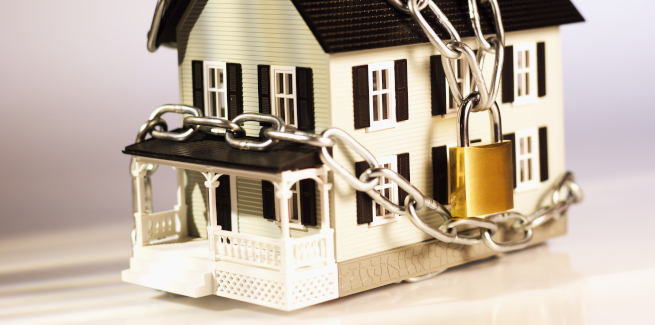According to property research group CoreLogic, nationally, the current average length of home ownership is 11.3 years for houses, and 9.6 years for units.
These figures represent an increase of 3.8 years for houses and 2.9 years for units over the past 10 years.
The data also showed that the average ownership period for both houses and units has consistently risen across all capital cities since 2005, with houses also being held onto for longer across all capital cities compared to units.
Melbourne currently has the longest recorded period of ownership for houses (12.5 years), followed by Sydney (12.4 years).
Comparatively, in 2009, Melbourne homes were held on to for 8.7 years on average, and Sydney houses were held for 9.0 years.
Perth has recorded the longest average ownership period for units at 10.8 years, followed by Brisbane, in which units are held for 9.8 years on average.
The shortest duration of home ownership in capital cities was found to be in Darwin (9.2 years), while the shortest average ownership period for units was in Canberra (8.7 years).
According to CoreLogic research analyst Cameron Kusher, the extending periods of home ownership are likely due to a range of factors including the rising costs of selling and purchasing property, as well as affordability constraints in Australia’s capital cities.
“The data suggest that home owners are much more reluctant to sell their property than they were a decade ago, which is also highlighted by the ongoing decline in sales transactions,” he said.
Mr Kusher concluded: “It’s expected that this trend will continue over the coming years, given such concerns aren’t likely to see much improvement in the near future.”
The extending duration of home ownership reflects the fact that fewer houses have been brought to market in recent years, while demand for properties that have been brought to market has been high.
Given the softening of house prices in some markets, vendors have been hesitant to sell properties, while buyers have flooded the market, given the low interest rate environment (helping result in 80 per cent auction clearance rates) and improving market sentiment.
The number of buyers in market is also expected to increase, according to the latest Housing Sentiment Survey from Westpac, with 37 per cent of respondents stating that they are “significantly more likely” to buy a new home and 51 per cent of Australians feeling more confident about the housing market than in 2018.
Moreover, 53 per cent of respondents said they were eager to capitalise on current market conditions, particularly in light of the record-low interest rate environment.
According to the research, “next home buyers” were most optimistic about the property market, with 71 per cent feeling more confident about the market than in 2018 and 66 per cent believing “now is a good time” to purchase their next home.
The survey found that 62 per cent of surveyed Australians intend on making some sort of change to their housing situation in the next five years, with 20 per cent motivated by interest rates, followed by falling house prices (18 per cent) and the desire to live in a new area (17 per cent).
However, CoreLogic suggested earlier this week that regulators could consider a fresh round of macro-prudential measures to keep debt levels at bay, amid the growing possibility of a “V-shaped” recovery in the housing market.
[Related: Credit curbs in sight as housing rebound accelerates]
 ;
;
